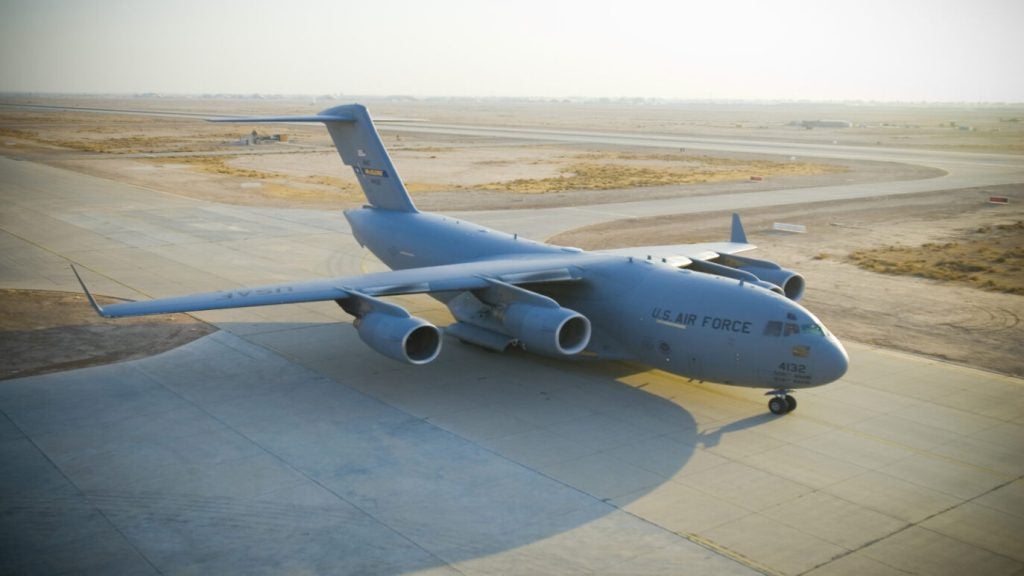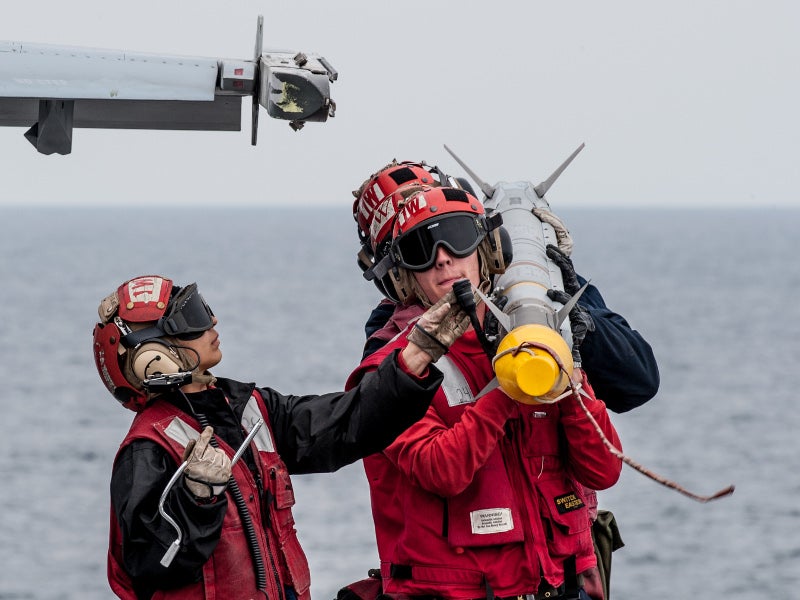Privoro has received a contract from the US Air Force (USAF) to demonstrate mobile security prototypes under the Small Business Innovation Research (SBIR) programme.
Under the prototyping contract, Privoro will demonstrate two capabilities to address government mobile security and productivity issues using its mobile security platform, SafeCase.
The contract requires the firm to integrate SafeCase ‘anti-surveillance’ features into the USAF’s Mobile Device Management system.
The features are designed to prevent mobile espionage by masking microphones and blocking cameras on smartphones. The integration will offer improved round-the-clock operational security for government smartphone users.
SafeCase features a secure Cloud component that enables active monitoring for policy compliance. It will reduce operational risk and improve mobile productivity.
In addition, Privoro will test the ‘Blue Force Tracking’ capability to enhance command centre awareness.
How well do you really know your competitors?
Access the most comprehensive Company Profiles on the market, powered by GlobalData. Save hours of research. Gain competitive edge.

Thank you!
Your download email will arrive shortly
Not ready to buy yet? Download a free sample
We are confident about the unique quality of our Company Profiles. However, we want you to make the most beneficial decision for your business, so we offer a free sample that you can download by submitting the below form
By GlobalDataThe capability is designed to improve agent safety for both continental US (CONUS) and outside continental US (OCONUS) personnel through the secure SafeCase platform.
This will address the risk involved with smartphones and service provider networks that are currently used by USAF agents to provide critical location data.
Privoro founder and CEO Mike Fong said: “Smartphones, as consumer devices, aren’t adequately secure to protect the conversations and report the locations of users, and the airforce wants to address that.
“We’re excited to help the airforce unlock the operational and productivity gains of smartphones while effectively mitigating the risks of untrusted smartphone sensors. It is a privilege to deliver this capability.”
The Air Force Research Laboratory and AFWERX have been working on streamlining the SBIR process. The aim is to accelerate the process and involve more small businesses, while also reducing bureaucratic overhead.







